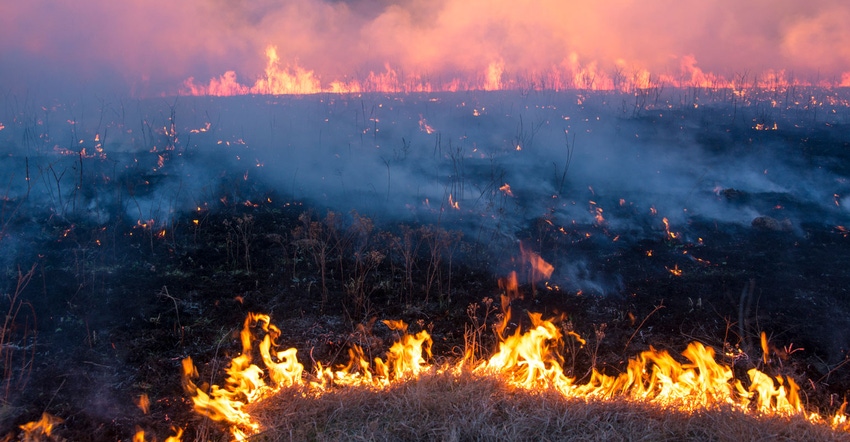April 16, 2021

Sometimes destruction isn’t always destruction. Sometimes it’s a transformation.
Last week, driving through the Flint Hills of Kansas back home, I smelled the familiar spring bouquet of grass fires. It’s an April tradition, when ranchers and their neighbors come together to maintain the tallgrass prairie with prescribed burns.
When I was a student at Kansas State University, I had friends from the metro areas who didn’t quite understand the logic of fire on the nearby prairie. From their urban experience, all fire was destructive and frightening. The smoke was a nuisance and dangerous.
It wasn’t until I explained to them the cycle was meant to be transformative, not destructive, and that ranchers like my father and my neighbors back home were looking to the future health of the prairie that they finally understood the method to what they perceived as madness.
I’ve been pondering this as we mark the five-year anniversary of the Anderson Creek fire. So much destruction happened over the course of nine days of flames in March 2016. Even though I’d grown up burning pastures in the Flint Hills with my family, I looked at what was left behind after the wildfire around Medicine Lodge with a hollow pit in my stomach.
I was used to transformation from fire. But what, I thought, could ever come back from this? It was the largest wildfire in Kansas until the Starbuck fire just a year later.
The air still thick with ashes, I attended meetings of ranchers and landowners, many of them with that thousand-yard-stare as they listened to representatives of government agencies walk them through the recovery help that was available. Part of my job is to report on events and bring attention to tragedy so that solutions can be found. But I dreaded this assignment.
How do you begin to tell the story of neighbors who just lost their cows and new calves to smoke and flames?
Green rises from ashes
But then the moisture came, and the winds died down, and the fires turned to a memory. A few days later, the first green shoots started to emerge in the blackened earth. And where thick groves of eastern red cedars once stood choking out the grass, natural springs started to run with water again.
Transformation really was coming out of the destruction.
This past week I spoke with Russell Blew, a Medicine Lodge rancher who looks at the Anderson Creek fire as a reset button for his rangeland. Yes, it destroyed miles and miles of fencing and structures. It killed hundreds of cows and calves during the spring calving season, devastating ranchers’ bottom lines.
But it also managed to give those ranchers an edge in the war on the eastern red cedar that had plagued their ranges for generations — and had cost them millions of dollars in lost grazing revenue. It showed them the goodness of strangers coming to their aid, with trucks of hay and fencing supplies and caravans of volunteers. It brought some neighbors together.
Out of the ashes came opportunity.
So, I guess the lesson might be that just when you think there’s no more hope, remember, maybe this destruction is really a transformation to something hopeful in disguise.
You May Also Like




